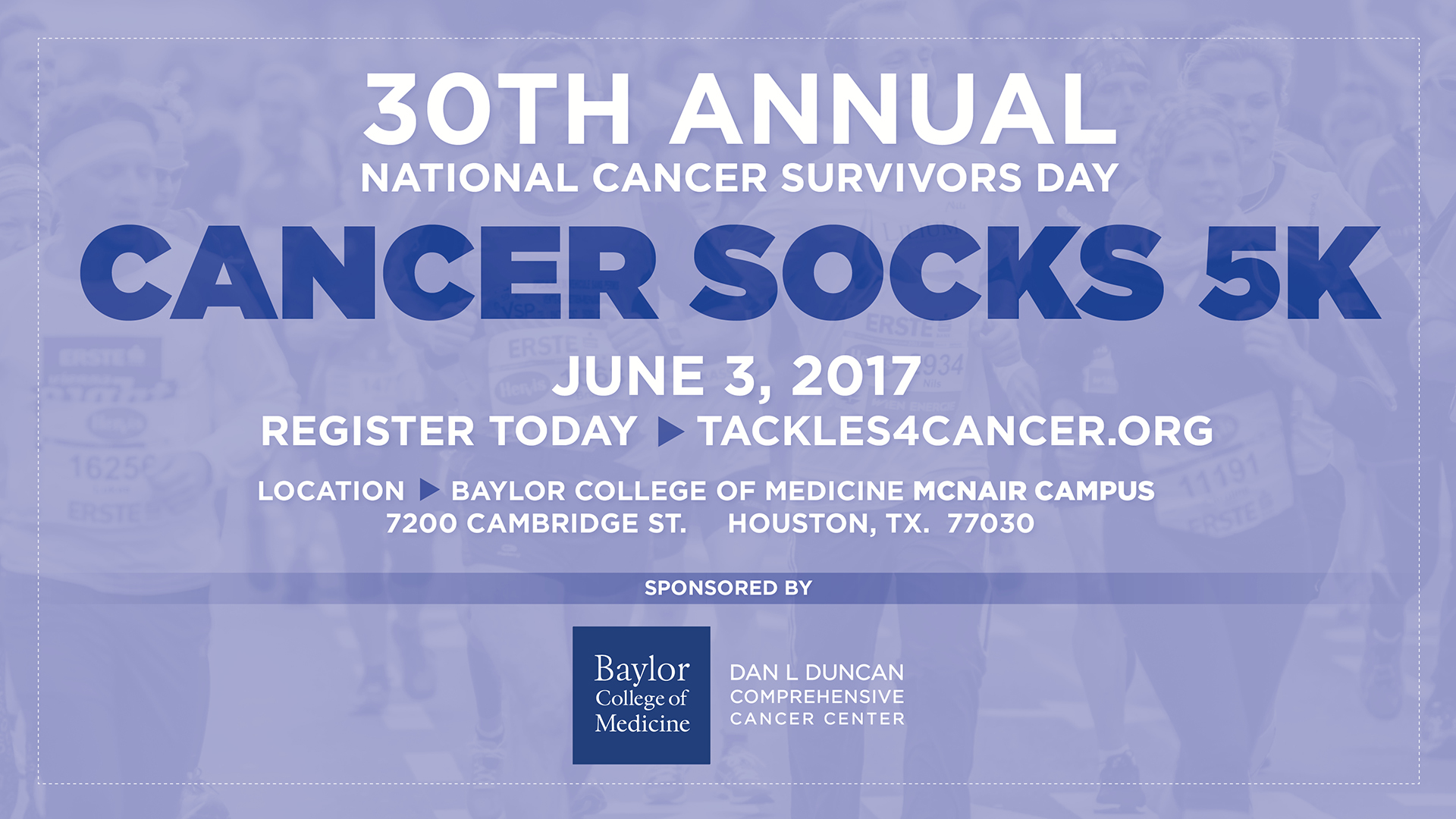A school transformed: How hands-on science can advance the classroom
Class starts with a brief explanation from the teacher. Then students head to the lab bench where they find cups filled with red ice cubes and water. At first they think the water droplets forming on the outside of the cup come from the water inside—somehow seeping through the plastic. Then they notice the drops are clear while the water in the cup is red.
Eventually, through a somewhat-Socratic method of questions from the teacher and the students, students make the connection between a previous lesson and the current experiment. The droplets are condensation from the air.
This lesson is a concrete example of how a teacher-training program operated by Baylor College of Medicine’s Center for Educational Outreach can make learning more fun and effective.

Certainly for Lorena Moore, a teacher at Sylvan Rodriguez Elementary School, the program has meant a world of difference. It has taken science teaching at the mostly Hispanic, low-income school into a new era.
When Moore first observed science teaching at the school in 2005, it was traditional, involving little student participation. With science test scores in the 17th percentile, the school’s approach was clearly not working.
Under Moore’s leadership and in partnership with principal Elena Martinez-Buley and faculty at BCM, everything about science teaching at Rodriguez has changed—including the test scores.
The school currently scores in the 88th percentile in science standardized testing. Most importantly, the students like science.
Achieving this success was not easy. Many students at Rodriguez are poor, with few resources at home. Many start school speaking little or no English. Fortunately, Rodriguez had a faculty that wanted to learn new teaching approaches and a local partner with extensive experience teaching and practicing science.
Prior to joining the Rodriguez faculty, Moore had participated in several BCM teacher-training programs. Confronted with the challenges and low test scores at her school, Moore’s first step was to call Dr. Barbara Tharp, assistant professor in the BCM Center for Educational Outreach.
Moore and Tharp worked closely together to completely change the way science is taught in every classroom at Rodriguez.
“Every teacher in the school teaches science,” said Moore. “Getting everyone on board has been an essential part of our success.”
Using curriculum developed by faculty at BCM, teachers have many creative ways to approach concepts.
“Most of the teachers never knew there were so many ways to present a single concept,” said Moore. Because materials are limited to simple, inexpensive items, the curriculum is easy to implement even in schools without extensive resources.
“For the teachers, everything is there,” said Moore. “They have the support they need.”
This story originally appeared in the BCM Report: Service publication. Read about the new publication and see the flipbook or the PDF version.



